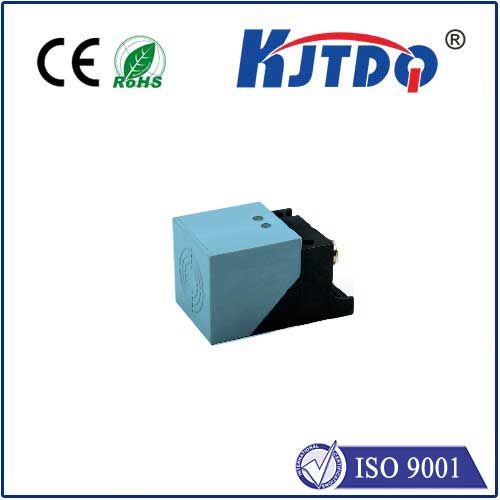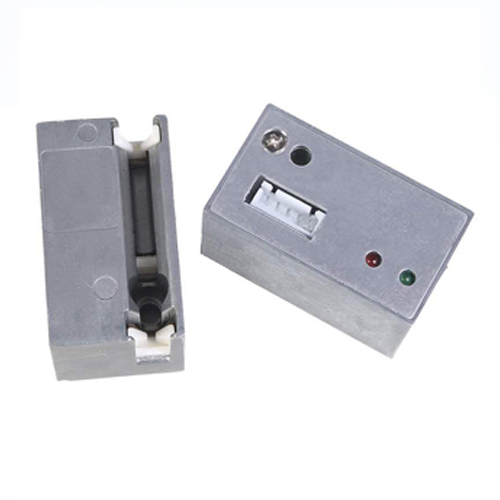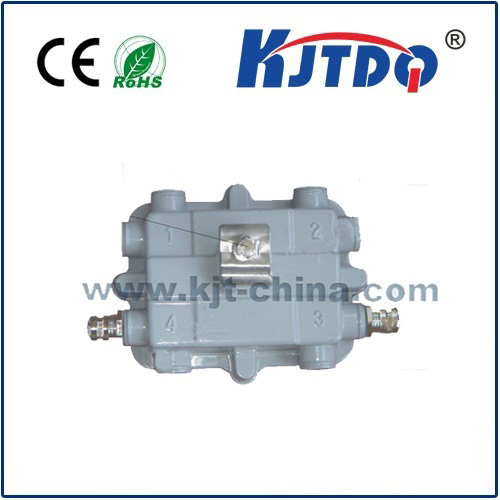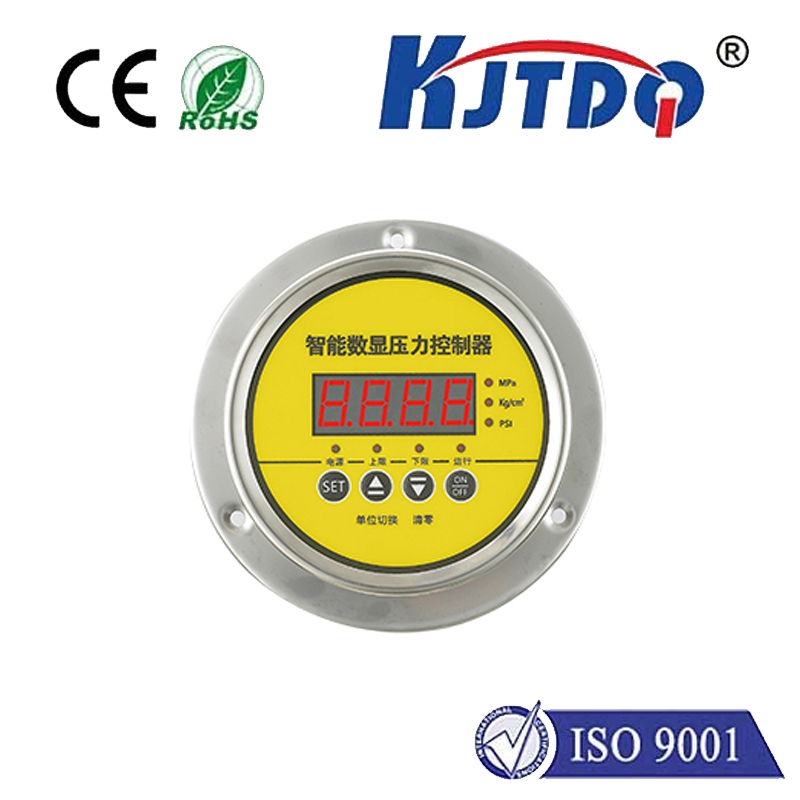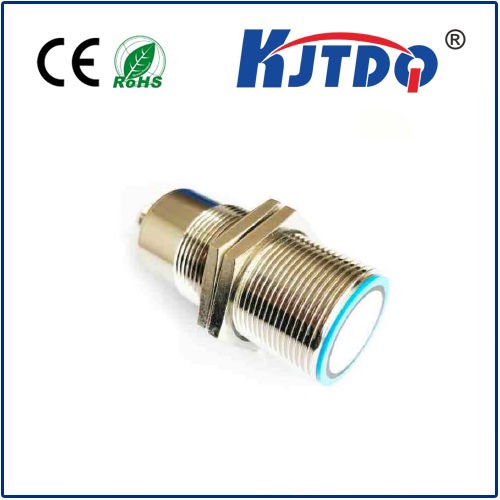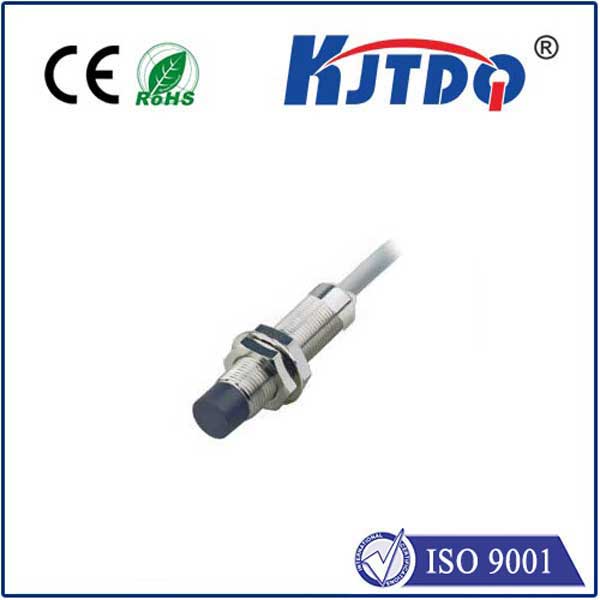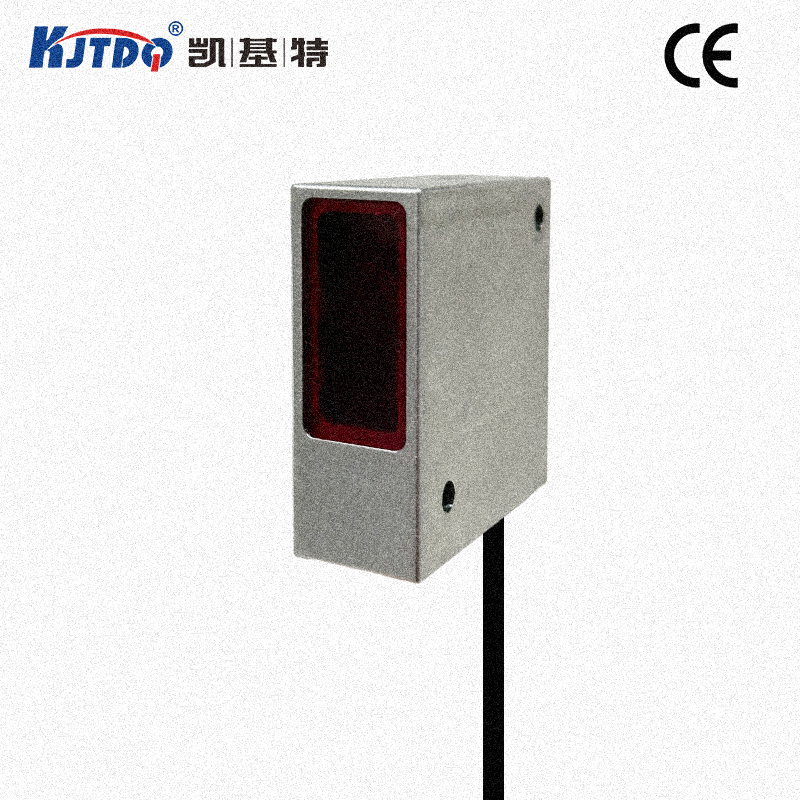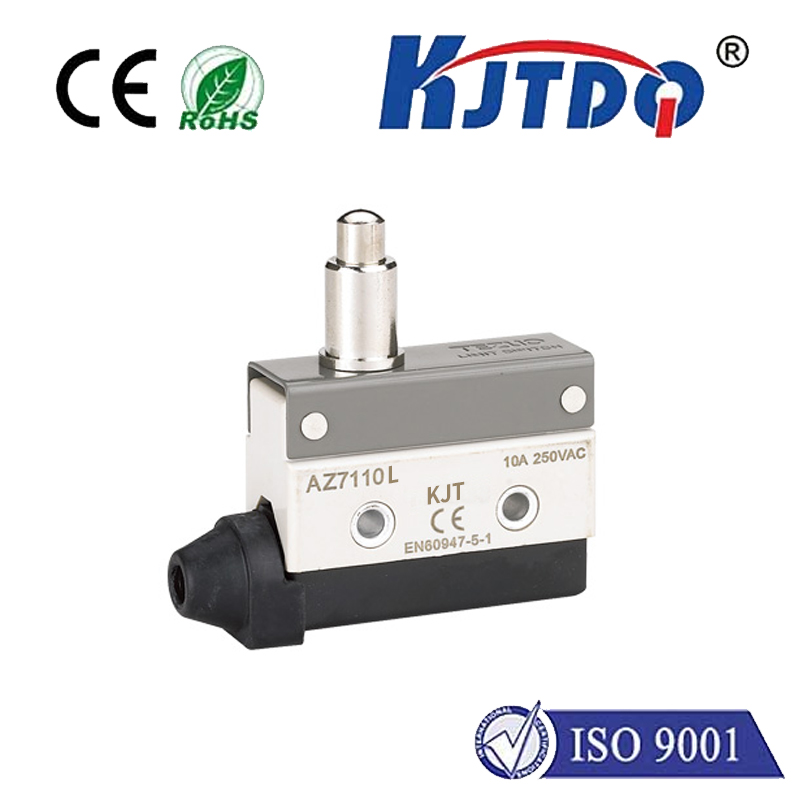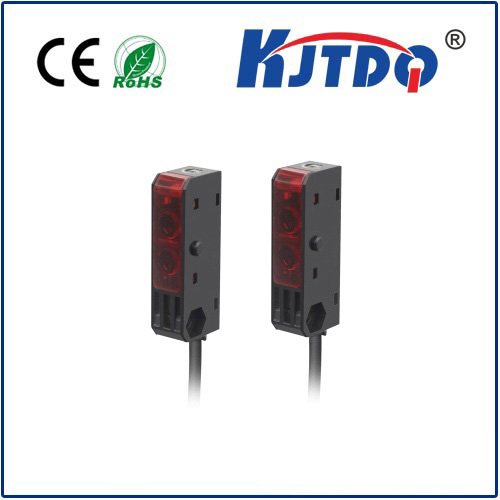pc temperature sensor
- time:2025-08-23 02:26:51
- Click:0
Your PC’s Silent Guardian: Unveiling the Secrets of Temperature Sensors
That sleek tower humming under your desk or the laptop warming your lap – ever wonder just how hot things are getting inside? While processors and graphics cards grab headlines, a crucial yet often overlooked hero works tirelessly behind the scenes: the PC temperature sensor. More than just a number on a screen, this tiny component is fundamental to your computer’s health, performance, and longevity.
Think of your PC as a high-performance engine. Intense tasks like gaming, video rendering, or complex simulations push components hard, generating significant heat. Just like an engine needs a temperature gauge, your computer relies on a network of specialized temperature sensors strategically placed to monitor critical hotspots. Understanding these sensors is key to proactive PC health monitoring and preventing catastrophic failure.
So, What Exactly is a PC Temperature Sensor?
At its core, a PC temperature sensor is a small electronic device designed to measure the thermal energy (heat) present at its specific location. These aren’t generic thermometers; they are integrated directly into the silicon or mounted on components, providing highly localized readings. The most critical sensors are typically embedded within:

- The CPU (Central Processing Unit): The brain of your computer, modern CPUs often have multiple sensors (cores, cache, package) due to the immense heat generated by billions of transistors switching rapidly.
- The GPU (Graphics Processing Unit): Especially vital for gamers and creative professionals, GPUs handle complex graphics calculations and can become extremely hot.
- Motherboard Components: Sensors monitor chipset temperature (e.g., Northbridge/Southbridge equivalents), VRM (Voltage Regulator Module - critical for stable CPU/GPU power), and sometimes M.2 SSD slots, as high-speed NVMe drives can generate noticeable heat.
- Storage Drives: While less common than CPU/GPU monitoring, some advanced HDDs and SSDs include sensors to warn of potential overheating.
How Do They Work Their Magic?
Most modern PC temperature sensors are thermistors or thermal diodes integrated directly onto the silicon dies or circuit boards.
- Thermistors: These resistors change their electrical resistance predictably with temperature. As temperature rises, resistance changes (either increases for PTC types or decreases for NTC types). The system measures this resistance change to calculate the temperature.
- Thermal Diodes: These specialized semiconductor junctions exhibit a voltage drop that changes linearly with temperature. By precisely measuring this voltage drop, the temperature can be accurately determined.
These sensors provide raw data to dedicated hardware controllers or directly to the motherboard’s Super I/O chip or BMC (Baseboard Management Controller). This data is then made accessible to the system’s firmware (BIOS/UEFI) and ultimately to PC temperature monitoring software running within your operating system.
Why Should You Care? The Critical Importance of Monitoring
Ignoring your PC’s temperature is like ignoring your car’s engine warning light. It might run fine… until it doesn’t. Active temperature monitoring via these sensors is non-negotiable for several reasons:
- Preventing Catastrophic Failure: Excessive, sustained heat is the #1 enemy of electronics. It degrades components rapidly. Semiconductors stressed beyond their thermal limits can permanently warp, melt solder joints, or suffer irreparable damage. Sensors provide the crucial warning before this happens.
- Combating Thermal Throttling: Modern CPUs and GPUs are designed with self-preservation in mind. If sensor readings exceed safe thresholds, the component will forcibly reduce its clock speed and voltage to cool down. This thermal throttling causes significant, often jarring, drops in performance. Your powerful gaming rig suddenly becomes a slideshow! Sensors allow you to identify why throttling occurs and fix the cooling issue.
- Maximizing System Stability: Heat is a prime culprit behind system instability – unexpected crashes, freezes (BSODs), and application hangs. Components operating outside their thermal design specifications become erratic. Keeping temperatures in check, guided by sensor data, ensures a smooth, reliable computing experience.
- Optimizing Cooling & Acoustics: Monitoring temperatures helps you understand the effectiveness of your cooling solution (air or liquid). You can fine-tune fan curves via software or BIOS settings. The goal is to balance cooling performance with noise: run fans just fast enough to keep temps safe under load without unnecessary noise at idle. Sensor data is vital for this tuning.
- Extending Hardware Lifespan: Consistently cooler operation translates directly to reduced component stress. Over years of use, this significantly enhances the longevity of your CPU, GPU, motherboard, and other sensitive electronics. It’s an investment protection strategy.
Reading the Signals: How to Monitor Your PC Temperature
Thankfully, accessing this vital sensor data is straightforward. You don’t need specialized hardware tools; powerful PC temperature monitoring software is freely available. Popular, reliable options include:
- HWMonitor: (Free/Paid) A straightforward, widely trusted tool providing a comprehensive overview of temperatures, voltages, and fan speeds. Great for quick checks.
- Core Temp: (Free) Focuses specifically on CPU core temperatures, offering precise readings and useful logging. Highly recommended for CPU monitoring.
- Open Hardware Monitor: (Free/Open Source) Similar to HWMonitor, offering detailed sensor readings from a wide range of hardware.
- MSI Afterburner: (Free) While primarily a GPU overclocking tool, it includes excellent real-time monitoring for GPU and CPU temperatures, perfect for in-game overlays.
- BIOS/UEFI Setup: Your system’s firmware displays basic temperature readings during boot or within its interface. Useful for pre-OS checks or simple monitoring, but lacks the real-time logging and detail of Windows applications.
Best Practices for Temperature Management: Beyond the Sensor
While sensors inform you, proactive thermal management requires action:
- Dust is the Enemy: Dust buildup inside your case acts like an insulating blanket, drastically reducing cooling efficiency. Regular cleaning is paramount. Use compressed air carefully every few months.
- Airflow is King: Ensure your case has adequate intake and exhaust fans configured for positive pressure (slightly more intake than exhaust helps keep dust out). Cable management isn’t just neat; it prevents airflow blockage.
- Thermal Paste Matters: The thermal interface material (TIM) between the CPU/GPU die and its cooler degrades over time. Re-applying high-quality thermal paste every few years revitalizes heat transfer.
- Choose the Right Cooler: Don’t rely solely on stock coolers for high-performance tasks. Invest in an appropriately sized air cooler or liquid cooling solution for your CPU/GPU, especially if you overclock.
- Understand Safe Operating Temperatures: General guidelines (varies widely by specific model, consult your hardware specs):
- CPU: Idle 30-45°C (86-113°F), Load (Maximum Safe) usually 70-85°C (158-185°F). Consistently hitting 90-100°C+ is a major red flag.
- GPU: Idle 40-60°C (104-140°F), Load (Maximum Safe) typically 70-85°C (158-185°F). Some high-end GPUs can safely hit low 90s°C, but cooler is always better for longevity.
*












